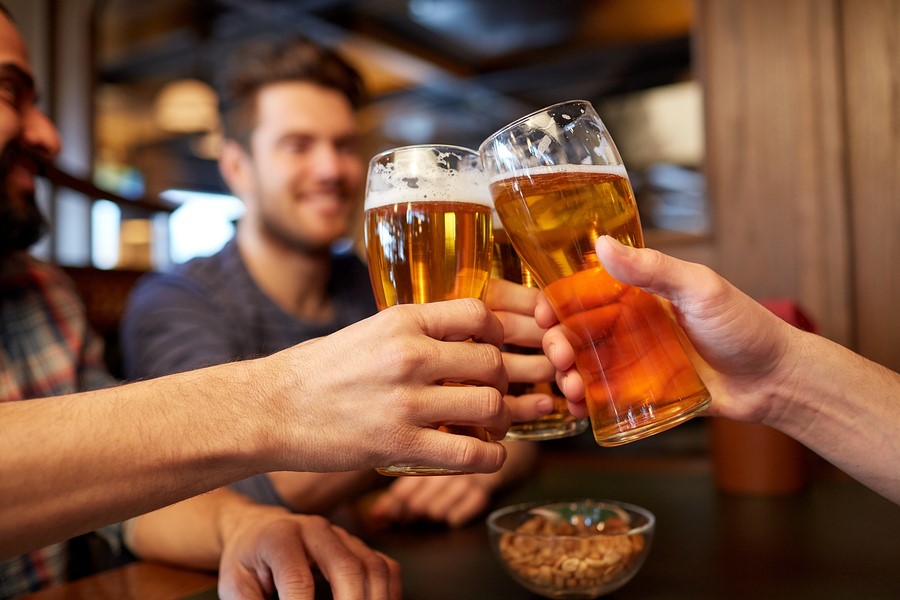
The campaigns used in the UK have been effective at reducing the number of deaths from drink driving, despite UK drink driving law remaining largely unchanged throughout the corresponding period.
Yet behaviour change is without doubt a complex field, and people often act differently to how they say they will. This is especially the case with regards to alcohol use, as people will act in a certain way when sober, and then completely differently when they have been drinking. As such, preventing drink driving requires more than just telling people not to do it.
There are many influencers of behaviour that need to be addressed to encourage people to change. In the case of drink driving these are primarily:
• People’s beliefs about the consequences of drink driving
• The social norms around drink driving (whether it is acceptable or not)
Communication strategies in the UK have targeted both these factors with the intention of reducing the numbers of incidents of drink driving. From 1979 to 1987 government communications aimed to show drivers that drink driving affected people other than themselves. They also tried to enhance perceptions of the risks of being caught. This strategy was successful at changing beliefs, and alcohol-related deaths on UK roads fell.
From 1987 to 1992, the aim of communication strategies shifted, and began to target the social norms surrounding drink driving. The messages were aimed at showing how the rest of society felt when they heard the news of a death of a loved one.
The effect was an increase in peer pressure to prevent others from drink driving. Family and friends would express disappointment and disgust if somebody decided to drive home after a night of drinking, and once again this had a profound effect on the number of people drink driving.
However, campaigns in the 90s then started to be disregarded as people would rationalise them as being staged adverts. To counteract this, the government started to use real police footage of accidents to show that the effects of drink driving were real and horrific. Once again, this was aimed at tackling misheld beliefs surrounding drink driving.
Nowadays, the most recent campaigns are targeted at showing the moment when someone decides to carry on drinking. UK drink driving law states that blood alcohol levels of 50mg/ml are the limit, however this does not translate to anything real in the pub. Current campaigns aim to show real situations where a person decides to go over the legal limit, and the dire consequences of that decision. This aims to help people identify the exact moment when they are about to make a mistake, and avoid it.
Without question, anti-drink driving campaigns will continue to evolve as our society’s attitudes and beliefs develop – testament to the sophistication of successful public warning campaign strategies.
If you or someone you know is facing a drink driving charge, contact our specialist drink driving solicitors today for a free consultation.
